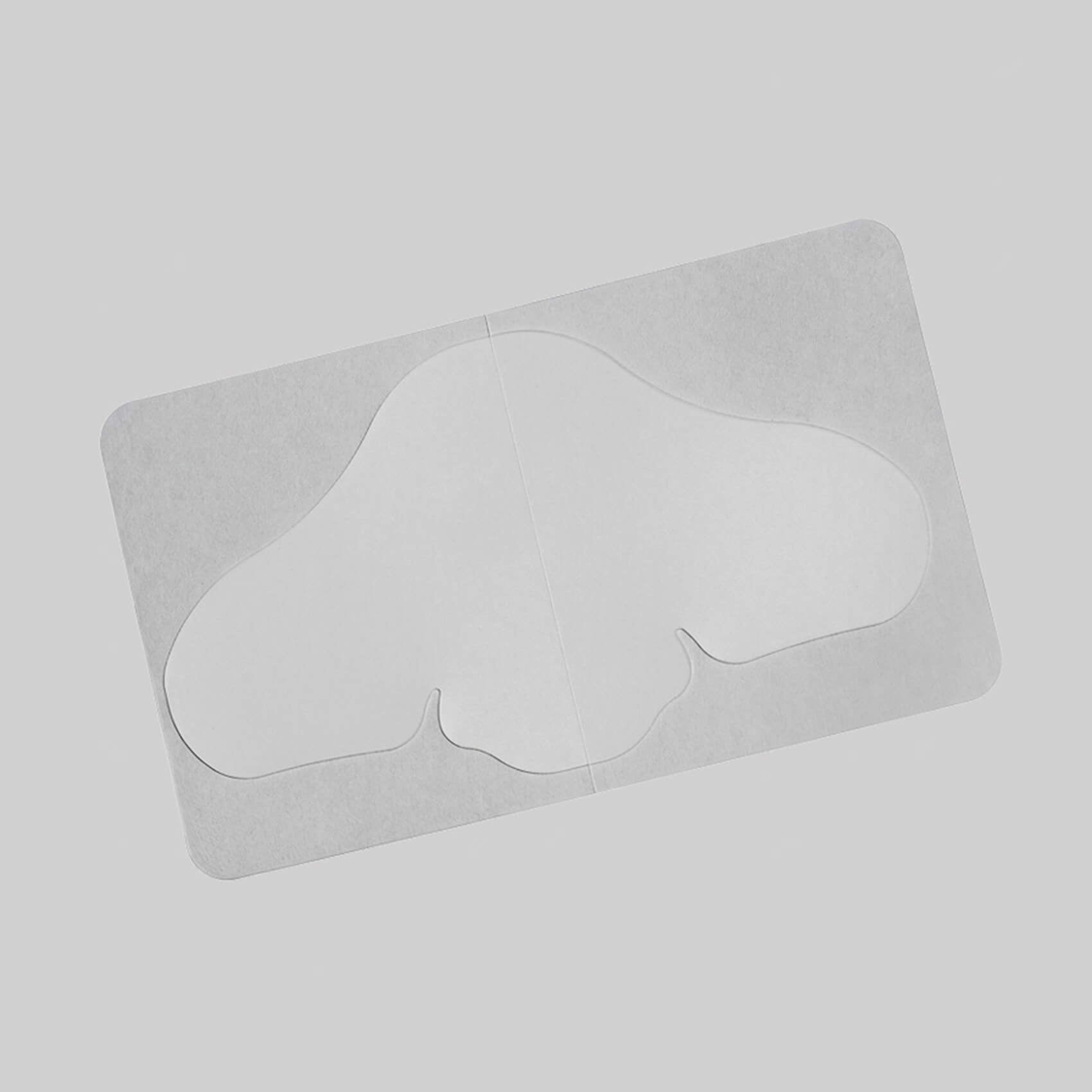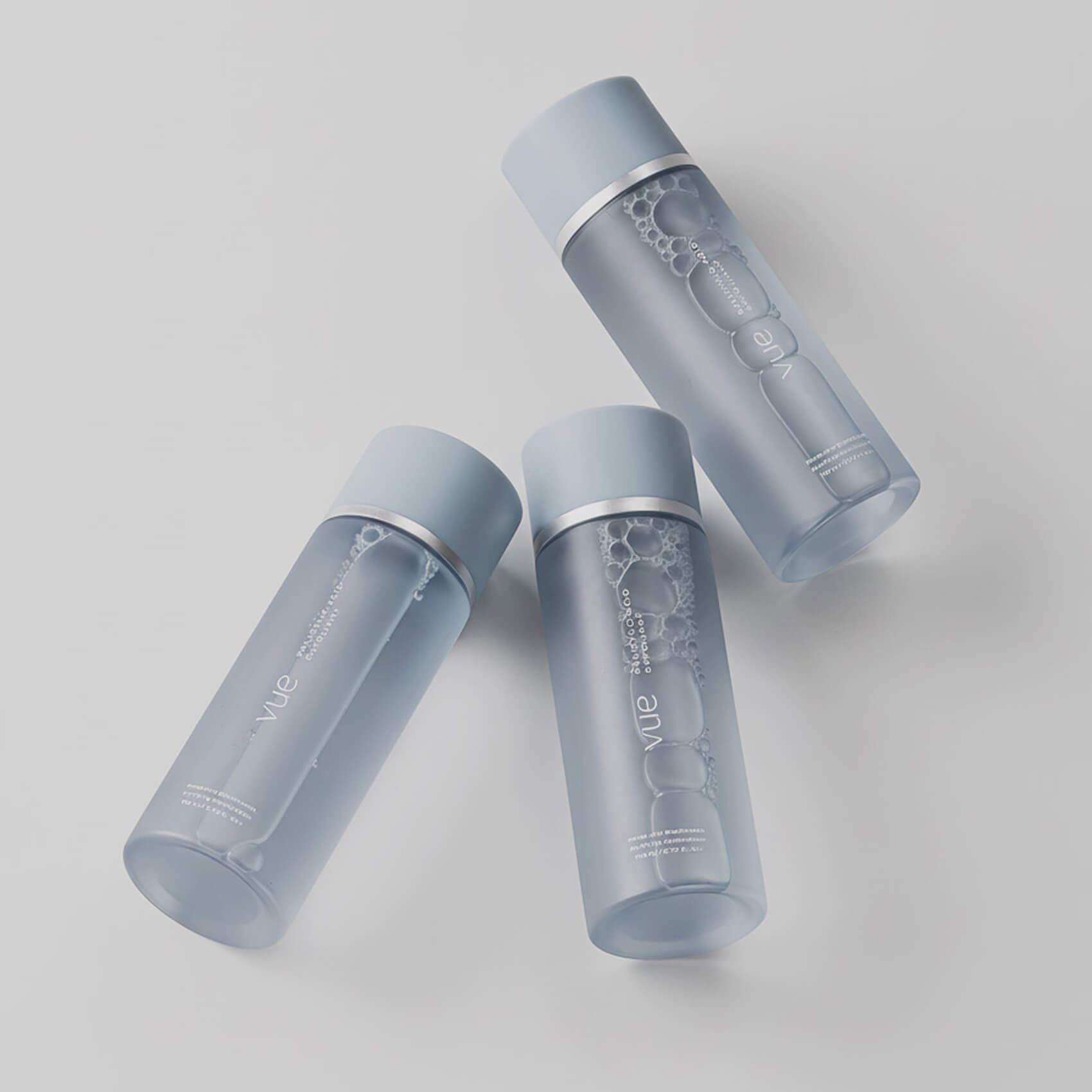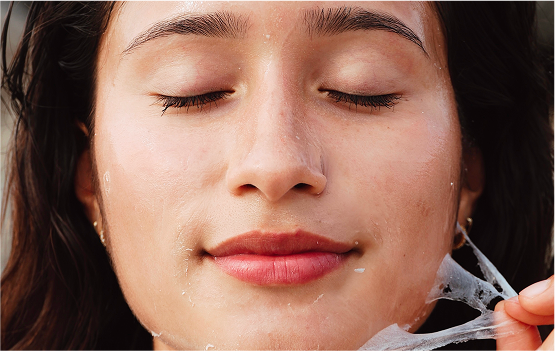Blackheads are often treated as a surface-level issue—just clogged pores that need to be cleaned out. But have you ever wondered why they keep coming back in the exact same spots? Or why some blackheads seem to be “rooted” deep in the skin while others pop out easily?
Instead of thinking about blackheads as isolated bumps, let’s explore their lifecycle—from formation to disappearance. Understanding their journey can help you target them more effectively and prevent new ones from forming.
Stage 1: The Silent Start (Formation Begins)
A blackhead doesn’t just appear overnight. The process starts deep within your skin when your sebaceous (oil) glands begin producing more sebum than your pores can handle. This can be triggered by:
- Hormonal changes (puberty, menstruation, stress)
- Genetics (some people naturally produce more sebum)
- Environmental factors (pollution, humidity, heavy skincare or makeup)
At this stage, the pore is still open, but the excess oil is slowly mixing with dead skin cells, creating the conditions for a blockage.

Stage 2: The Clogging Phase (Pore Blockage Sets In)
Once enough oil and dead skin accumulate, the pore becomes partially clogged. This is when the substance inside the pore begins to solidify, forming a plug known as a microcomedone—the earliest stage of a clogged pore.
At this point, two things can happen:
- If the pore remains closed, the trapped material stays beneath the skin, forming a whitehead (closed comedone).
- If the pore remains open, exposure to oxygen causes the sebum and keratin to oxidize, turning it dark—this is when a blackhead (open comedone) officially forms.
Unlike whiteheads, blackheads don’t have a layer of skin covering them, which means they don’t create the same type of inflammation as pimples but are more exposed to environmental debris.

Stage 3: The Stubborn Phase (Why Blackheads Stick Around)
Some blackheads seem to last weeks or even months without budging. This is because the sebum plug is attached to the inner walls of the pore—almost like a cork in a bottle.
Key factors that make blackheads stubborn:
- Deep-rooted sebum: If the blackhead is embedded further down, it won’t clear out easily.
- Pore structure: Some pores are naturally wider or more prone to congestion.
- Slow cell turnover: When dead skin cells don’t shed efficiently, they accumulate, reinforcing the blockage.

Stage 4: The Blackhead’s Fate (Will It Go Away or Get Worse?)
At this point, blackheads can go one of three ways:
- Self-Clearing: In rare cases, as skin naturally renews, the blackhead may loosen and fall out on its own.
- Removal: With the right treatments (chemical exfoliants, masks, or professional extraction), the blackhead can be dissolved or extracted.
- Progression into a Pimple: If bacteria (such as Cutibacterium acnes) proliferate within the clogged pore, inflammation can occur, turning the blackhead into a red, painful pimple.

Breaking the Cycle: How to Stop Blackheads from Returning
Since blackheads tend to reappear in the same areas, the key is disrupting their lifecycle. Here’s how:
1. Regulate Sebum Production
Niacinamide and green tea extract can help regulate oil production without over-drying the skin.
Avoid harsh cleansers that strip the skin—this can trigger even more oil production as a response.
2. Keep Pores Clear from the Start
Exfoliate regularly with salicylic acid (BHA), which penetrates oil and helps dissolve pore blockages.
Use retinoids (like retinol or adapalene) to accelerate cell turnover and prevent buildup.
3. Treat Deep-Rooted Blackheads
Clay masks absorb excess oil and help pull out impurities.
Hydrocolloid nose patches can help absorb excess oil and impurities from persistent blackheads.
4. Strengthen the Skin Barrier
Keeping the skin hydrated supports healthy cell turnover, reducing the likelihood of clogged pores. Use a lightweight, non-comedogenic moisturizer.
Avoid over-exfoliating, which can damage the skin barrier and make pores even more vulnerable.

The Takeaway
Blackheads aren’t just an isolated skin issue—they follow a lifecycle that determines whether they’ll disappear, stick around, or turn into something worse. By understanding how they form, survive, and eventually die, you can break the cycle and keep your skin clear for the long run.
Next time a blackhead pops up, don’t just treat it, outsmart it with a long-term strategy that keeps pores clear and skin healthy.
















